This time I use the data to compare 3D alignment methods.
greglandrum.github.io/rdkit-blog/p...
This time I use the data to compare 3D alignment methods.
greglandrum.github.io/rdkit-blog/p...
You can access the slides and the resources I used.
@jsdiaz.bsky.social videos were simply the best at getting your hands dirty with the calculations involved in Los Alamos.
slides and blog in comments.



You can access the slides and the resources I used.
@jsdiaz.bsky.social videos were simply the best at getting your hands dirty with the calculations involved in Los Alamos.
slides and blog in comments.
this new model is SOTA by a good margin
www.deeplearning.ai/the-batch/u-...

this new model is SOTA by a good margin
www.deeplearning.ai/the-batch/u-...
arxiv is filled by papers that treat symptoms (or not even!) without ever diagnosing the disease

arxiv is filled by papers that treat symptoms (or not even!) without ever diagnosing the disease
Sparsity ’23 🔗 vita-group.github.io/SparsityTuto...
Low-Rank ’25 🔗 vita-group.github.io/LowrankTutor...
Curious about how sparsity and low-rank ideas power modern deep learning? I hope these slide decks & notes are a useful starting point! 🚀
Sparsity ’23 🔗 vita-group.github.io/SparsityTuto...
Low-Rank ’25 🔗 vita-group.github.io/LowrankTutor...
Curious about how sparsity and low-rank ideas power modern deep learning? I hope these slide decks & notes are a useful starting point! 🚀

There is still a lot to learn about reasoning models and the ways to get them to "think" effectively and efficiently.

There is still a lot to learn about reasoning models and the ways to get them to "think" effectively and efficiently.
We uncover universal viscoelastic behavior in different vertex models of biological tissues, explaining why so many models work so well. Enjoyed working with Ojan (co-first), Liz & Lisa on this!
See tinyurl.com/y27fysux
We uncover universal viscoelastic behavior in different vertex models of biological tissues, explaining why so many models work so well. Enjoyed working with Ojan (co-first), Liz & Lisa on this!
See tinyurl.com/y27fysux
Is this really the case? 🧵
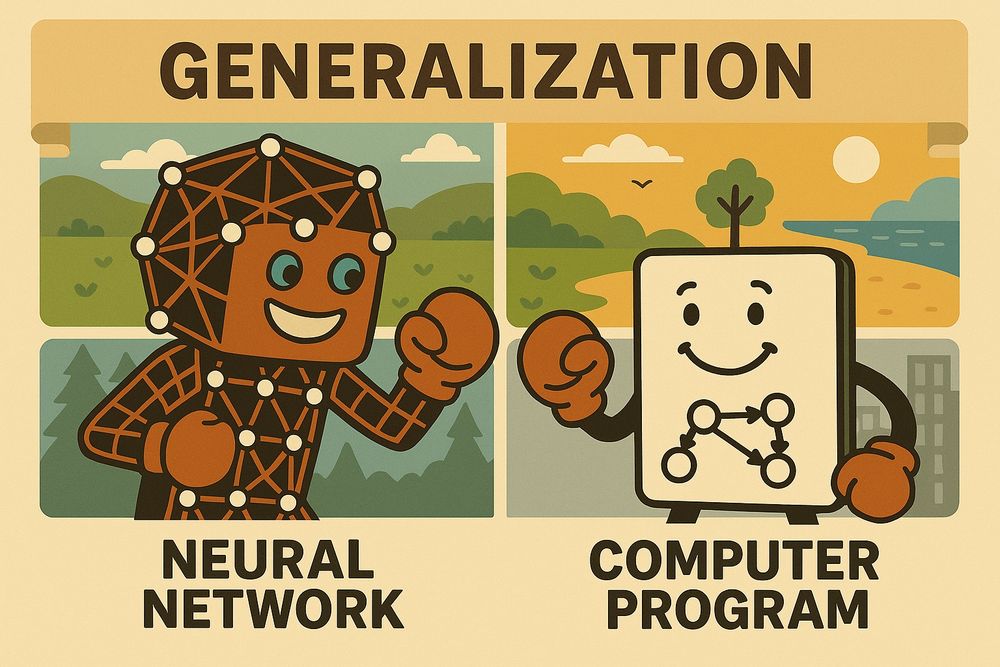
Is this really the case? 🧵
For the first time, astronomers have obtained visual evidence that a star met its end by detonating twice.
The fingerprint that points to this mechanism is represented by two separate shells of calcium.
Read more: https://www.eso.org/public/news/eso2511/
🔭 🧪 ☄️ 1/

For the first time, astronomers have obtained visual evidence that a star met its end by detonating twice.
The fingerprint that points to this mechanism is represented by two separate shells of calcium.
Read more: https://www.eso.org/public/news/eso2511/
🔭 🧪 ☄️ 1/
arxiv.org/abs/2503.04412

arxiv.org/abs/2503.04412
a promising new research direction focuses on diffing between versions of the model as a way of understanding behavior
blog: www.lesswrong.com/posts/xmpauE...
paper: arxiv.org/abs/2504.02922

a promising new research direction focuses on diffing between versions of the model as a way of understanding behavior
blog: www.lesswrong.com/posts/xmpauE...
paper: arxiv.org/abs/2504.02922
Therefore: DO NOT TUNE LC-BLYP! #compchem #dft
pubs.acs.org/doi/abs/10.1...
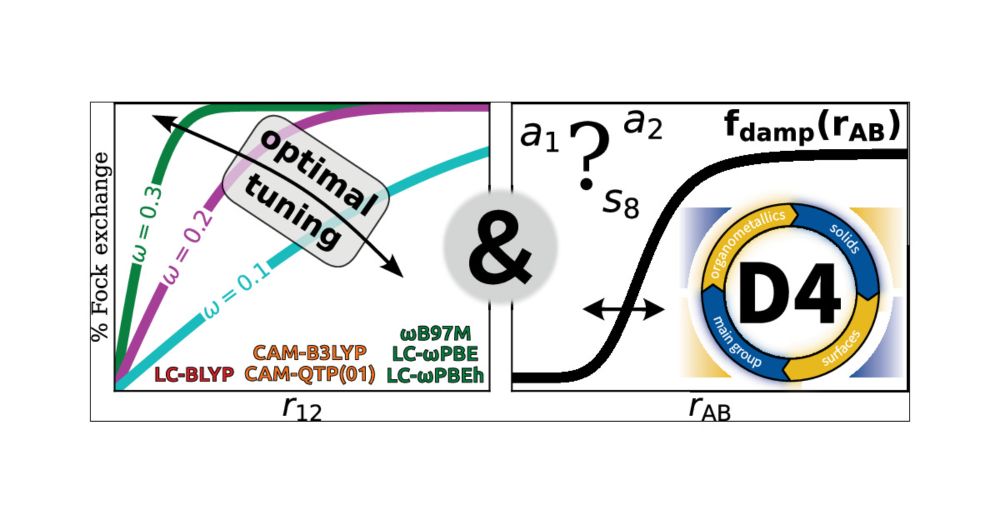
Therefore: DO NOT TUNE LC-BLYP! #compchem #dft
pubs.acs.org/doi/abs/10.1...
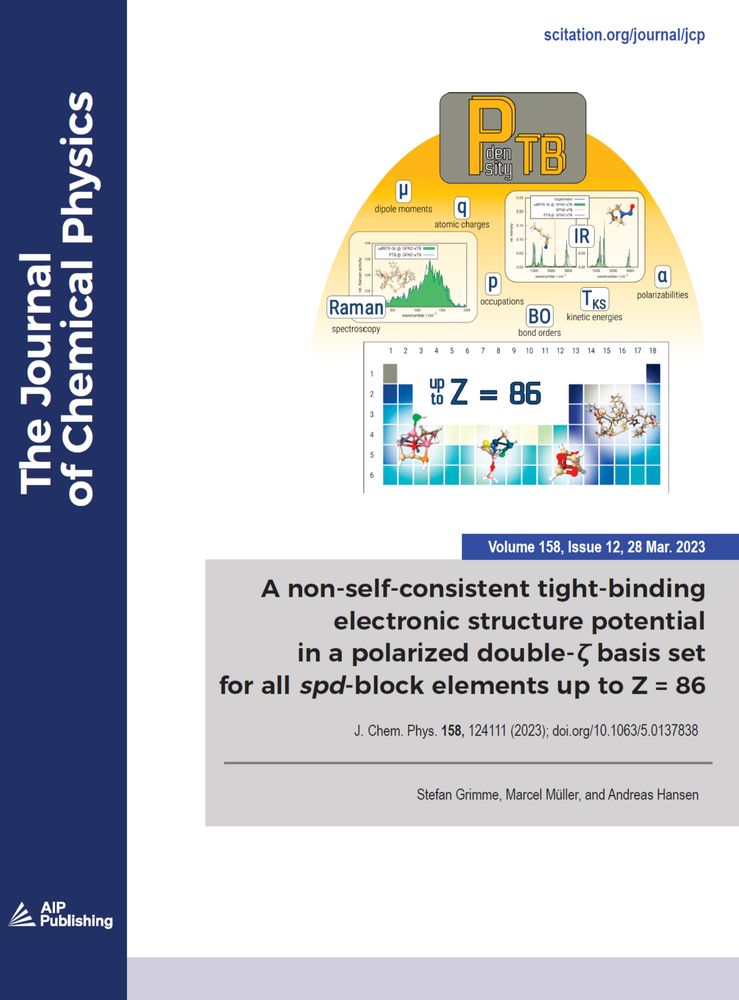
Details at: pubs.aip.org/aip/jcp/arti...

Details at: pubs.aip.org/aip/jcp/arti...
And it's freely available on #Youtube:
youtu.be/DYblj4DwFr8?...

And it's freely available on #Youtube:
youtu.be/DYblj4DwFr8?...
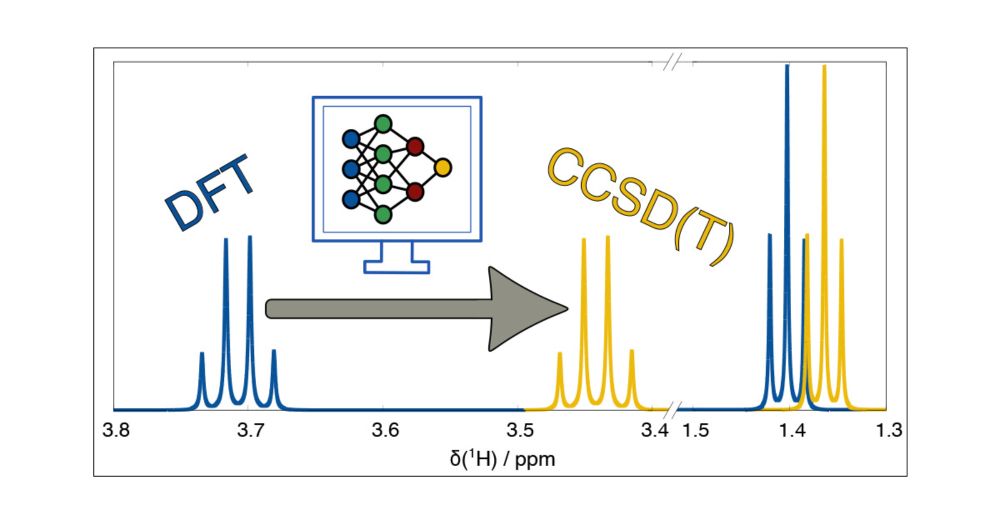
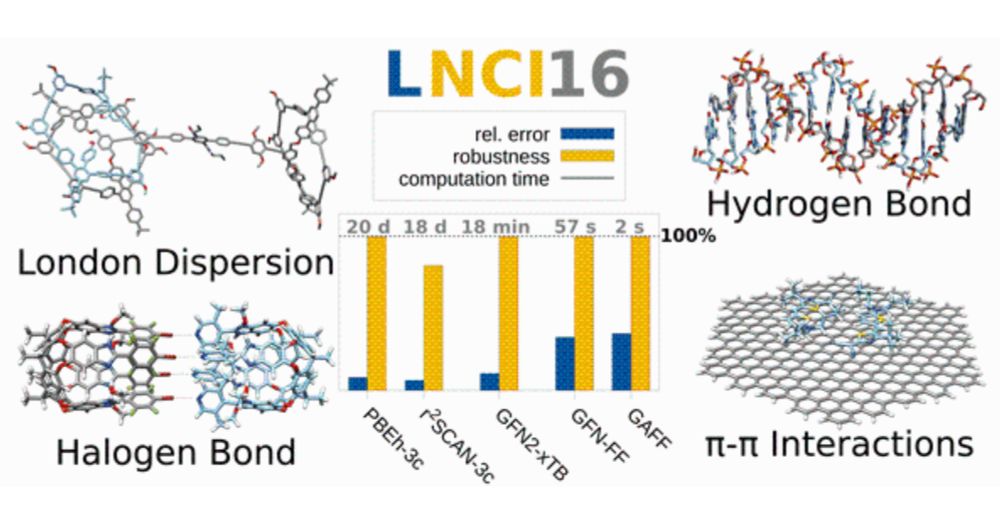

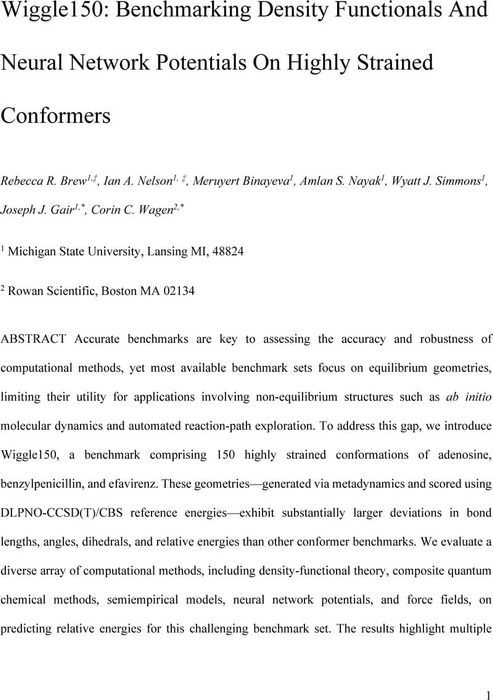
#ORCAqc #ORCA6 #CompChem #ChemSky
pubs.acs.org/doi/10.1021/...

#ORCAqc #ORCA6 #CompChem #ChemSky
pubs.acs.org/doi/10.1021/...
doi.org/10.1021/acs....
www.comp-chem-lab.de/en
#ORCAqc #ChemicalEducation #CompChemSky #ChemSky

doi.org/10.1021/acs....
www.comp-chem-lab.de/en
#ORCAqc #ChemicalEducation #CompChemSky #ChemSky
doi.org/10.1039/D4SC...
#ORCAqc #ChemSky #CompChemSky

doi.org/10.1039/D4SC...
#ORCAqc #ChemSky #CompChemSky
Another fruitful collaboration with @faccts.de!
🔗 doi.org/10.1002/jcc....
Who knows what kind of models could be developed with non-static radii...

Another fruitful collaboration with @faccts.de!
🔗 doi.org/10.1002/jcc....
Who knows what kind of models could be developed with non-static radii...

